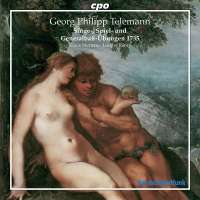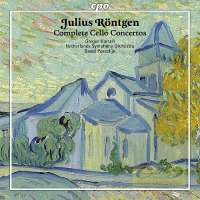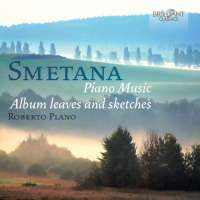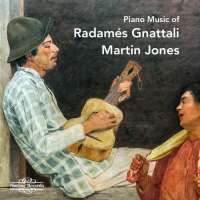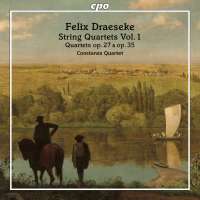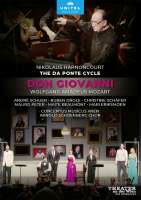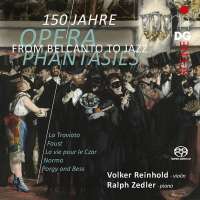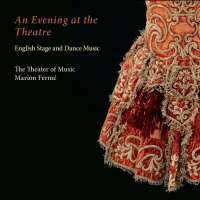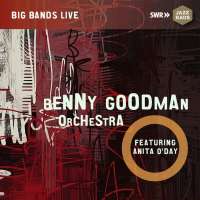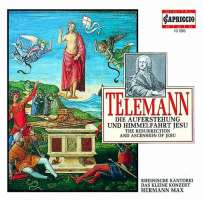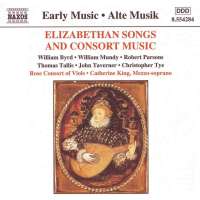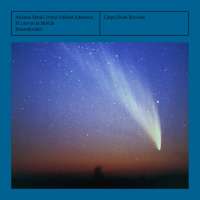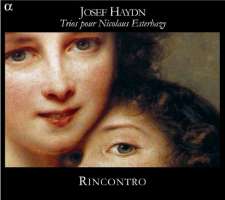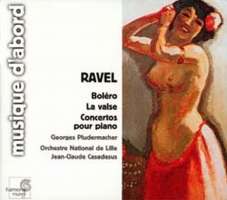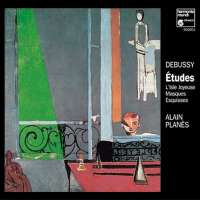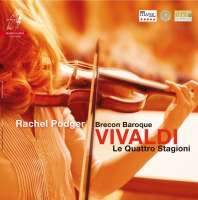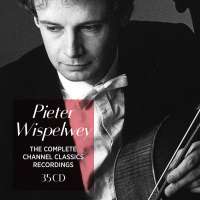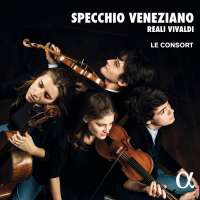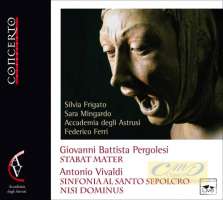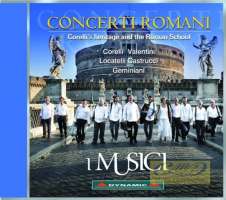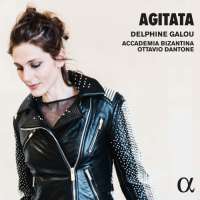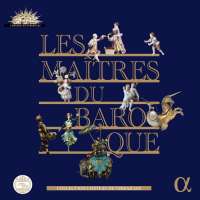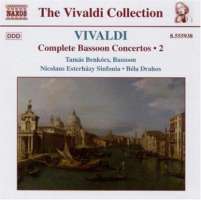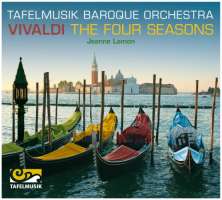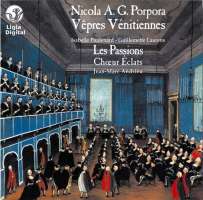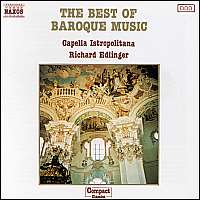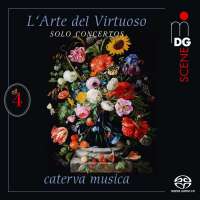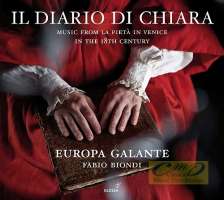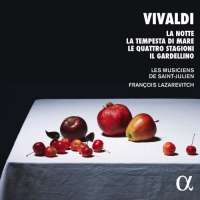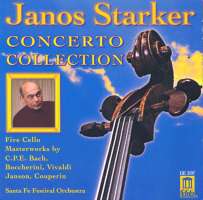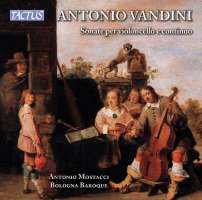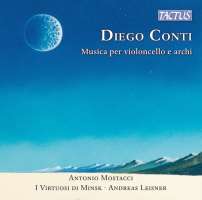
kompozytor
Vivaldi, Antonio
tytuł
Vivaldi: Sonate per violoncello e continuo
wykonawcy
Mostacci, Antonio;
Bologna Baroque
Bologna Baroque
nr katalogowy
TC 672291
opis
Antonio Lucio Vivaldi was born in Venice in 1678, in a period during which the cello was acquiring popularity in the world of concerts and an important role in musical entertainment. The Red Priest ennobled the soul of the cello. It gave him the inspiration for no less than twenty-seven concertos for solo cello, a concerto for cello and bassoon (RV 409 in E minor), another one for two cellos, string instruments and basso continuo (RV 531 in G minor), a considerable number of works with the indication “violoncello obbligato”, and nine sonatas for cello and basso continuo (in addition to the beginning of a tenth sonata which has been lost). For these works, musicological research has often placed the name of Vivaldi side by side with that of Antonio Vandini, whose six sonatas for cello and basso continuo have been recorded for Tactus by Bologna Baroque in 2018 (TC 692202). For the recording, we used two cellos of the Fondazione Orpheon that belong to Maestro Jose Vasquez: a cello of the Montagnana School (circa 1750) for the solo part and a Simone Cimapane from 1692 (that according to some written evidence had belonged to Arcangelo Corelli’s orchestra) for the basso continuo part.
• Vivaldi: Cello Sonata in A minor, RV44
• Vivaldi: Cello Sonata in B flat major, RV46
• Vivaldi: Cello Sonata in B flat major, RV47
• Vivaldi: Cello Sonata in E flat major, RV39
• Vivaldi: Cello Sonata in E minor, RV40
• Vivaldi: Cello Sonata in F major, RV41
• Vivaldi:Cello Sonata in G minor, RV42
Works:
•Vivaldi: Cello Sonata in A minor, RV43
• Vivaldi: Cello Sonata in A minor, RV44
• Vivaldi: Cello Sonata in B flat major, RV46
• Vivaldi: Cello Sonata in B flat major, RV47
• Vivaldi: Cello Sonata in E flat major, RV39
• Vivaldi: Cello Sonata in E minor, RV40
• Vivaldi: Cello Sonata in F major, RV41
• Vivaldi:Cello Sonata in G minor, RV42
nośnik
CD
x 2
gatunek
Muzyka klasyczna
producent
Tactus
data wydania
04-07-2023
EAN / kod kreskowy
8007194200645

(Produkt nie został jeszcze oceniony)
cena 109,00 zł
lubProdukt na zamówienie
Wysyłka ustalana indywidualnie.
Darmowa wysyłka dla zamówień powyżej 300 zł!
Darmowy kurier dla zamówień powyżej 500 zł!
sprawdź koszty wysyłki
